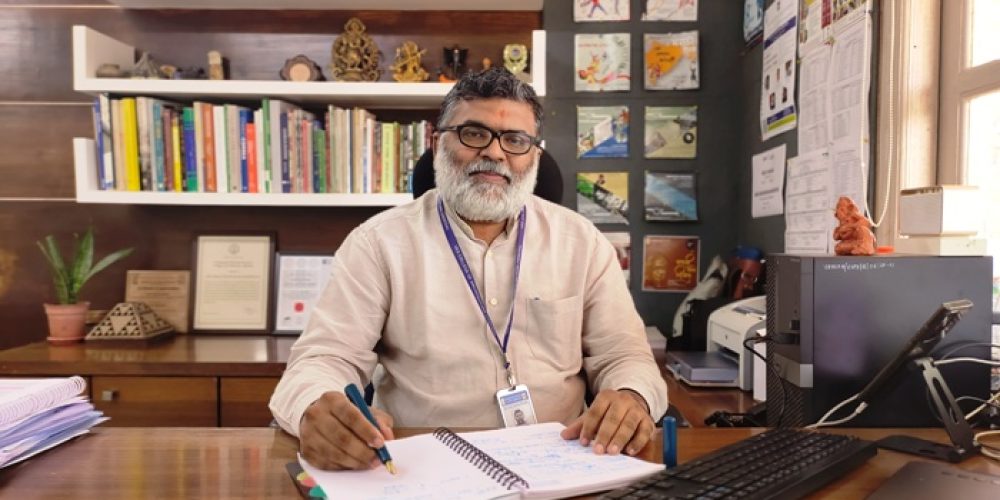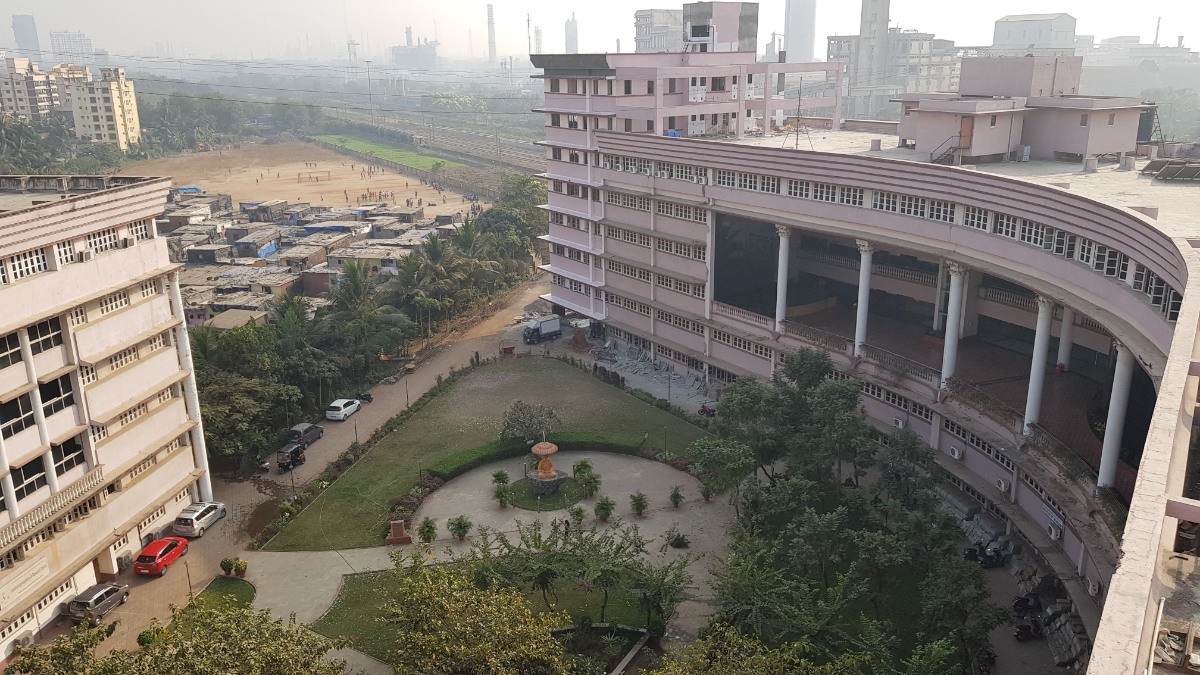Q1. Tell us about your journey in the field of architecture and climate studies.
My journey into architecture has always been deeply intertwined with my interest in sustainability and climate resilience. From the very beginning of my career, I was fascinated by the idea that buildings complement their surrounding environment rather than disrupt it. This passion led me to specialize in climate-responsive architecture, where I focused on reducing the environmental footprint of built environments. Over time, I’ve worked on projects that emphasized low-energy consumption and adaptive reuse of materials. My experience in the field of teaching and my career as a professor allowed me to share my philosophy with budding architects of the future. As principal of VESCOA, I aim to inspire students to consider not only the aesthetics of architecture but also its environmental impact. Architecture, in my view, should serve both human needs as well as maintain the ecological balance.
Q2. How has your experience at IIT Bombay shaped your approach to environmental architecture and sustainability? What emerging trends do you see in architecture that will shape the future of sustainable design?
My time at IIT Bombay deepened my knowledge regarding the science behind the need for sustainable architecture. I gained insights into passive design strategies, renewable materials, and climate-responsive design, which now form the backbone of my work and my teaching. One emerging trend I see is the integration of smart technologies into sustainable design. AI and IoT are making it easier to monitor energy efficiency in real-time, optimizing the way buildings consume resources. Additionally, biophilic design, which integrates natural elements into architecture, is gaining traction as people increasingly seek spaces that connect them with nature while minimizing environmental damage.
Q3. How do you envision VES College of Architecture evolving as “The Design School for tomorrow?
At VESCOA, we strive to become a hub for innovation and sustainability in design education. We are integrating interdisciplinary approaches that combine architecture with technology, environmental science, and social responsibility. Our goal is to prepare students not just to meet the demands of today, but to be leaders in solving tomorrow’s architectural challenges. By collaborating with industries and research institutions, we aim to develop new curricula that emphasize both practical skills and critical thinking. We also look forward to expanding our focus on climate-resilient architecture and smart city designs, ensuring our students are at the forefront of these global trends.
Q4. How do you incorporate sustainability into your teaching and the curriculum at VESCOA?
We emphasize a holistic approach that integrates theory with practical application. Students, from the very beginning of their formative education as an architect are introduced to concepts like energy-efficient design, material reuse, and urban sustainability. Additionally, we run workshops and projects that require students to develop sustainable solutions for real-world scenarios. For our studio courses and sessions, sustainability is not just a subject requirement but a theme consistent across all years. Our faculty also encourages students to think critically about the lifecycle of buildings and how their design choices affect both the immediate environment and global ecosystems.
Q5. What are the major challenges in integrating sustainable practices into architecture and design? How do you address these challenges through your work and research?
One of the biggest challenges is the perception that sustainability comes at a higher cost. While initial investments might be higher, the long-term benefits, both environmentally and economically, far outweigh the costs. Another challenge is the gap between sustainable design principles and their implementation in real-world projects, often due to outdated regulations or lack of awareness. Through my work and research, I focus on developing cost-effective, climate-resilient materials and designs that are accessible. At VESCOA, we collaborate with industry partners to bridge the gap between theory and practice, demonstrating that sustainable architecture is not only feasible but essential.
Q6. How do you see the role of technology evolving in the field of architecture and environmental sustainability?
Technology is a game-changer in architecture, particularly when it comes to sustainability. With advancements in Building Information Modelling (BIM), architects can now design buildings that optimize energy use, manage resources more efficiently, and reduce waste. Smart technologies, such as AI-powered sensors, help monitor energy consumption and adapt systems in real-time for maximum efficiency. 3D printing and prefabrication are also revolutionizing the construction process, allowing for more sustainable and resource-efficient building methods. The future lies in integrating these technologies with sustainable design principles to create buildings that are both intelligent and environmentally responsible.
Q7. What advice would you give to young architects and students interested in sustainability and environmental architecture?
My advice would be to always think beyond aesthetics. Architecture has the power to shape societies and environments, so it’s crucial to consider how our designs affect the planet. It is essential to remain curious and continue learning, especially about emerging technologies and sustainable practices. It is necessary to be involved in hands-on projects, internships, and workshops that focus on real-world sustainability challenges. Lastly, it is important to understand that sustainable architecture is not a trend but a responsibility. The decisions you make today as designers will impact generations to come. Always aim to balance beauty with functionality and environmental stewardship.


